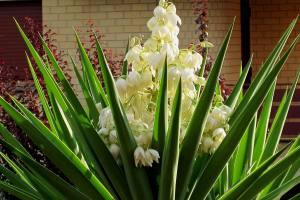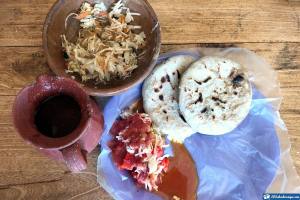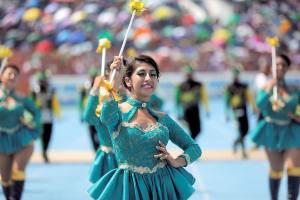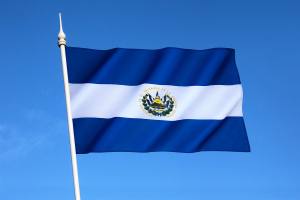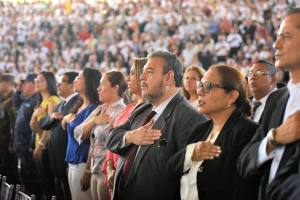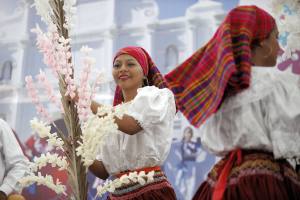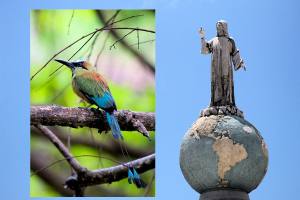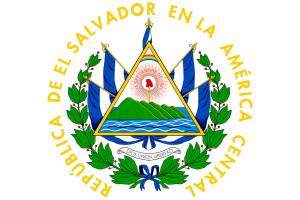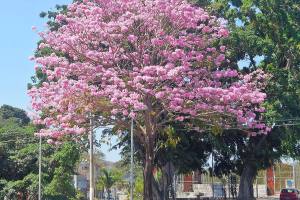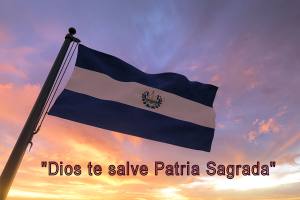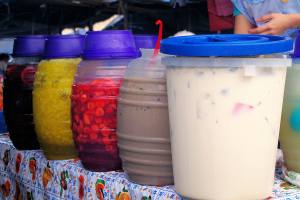The Festivities in El Salvador represent those moments that usually occur once a year, where customs and traditions are transmitted to the new generations to identify them with their community, country, and environment, expressing their deepest feelings.
Many of these celebrations have become multitudinous festivals, where neighbors and tourists come, even from abroad.

FESTIVITIES IN EL SALVADOR - Traditions of El Salvador. Photo by sjb5. Wikimedia Commons.
So we invite you to know the most deeply traditional festivities in El Salvador and some of its local celebrations to penetrate into the culture and identity of Salvadorans.
Main festivities in El Salvador
There are many reasons for the celebrations of El Salvador to uncover those feelings that we carry inside, magnified on particular days and dates. In those moments, we overflow in demonstrating everything that identifies us as a nation.
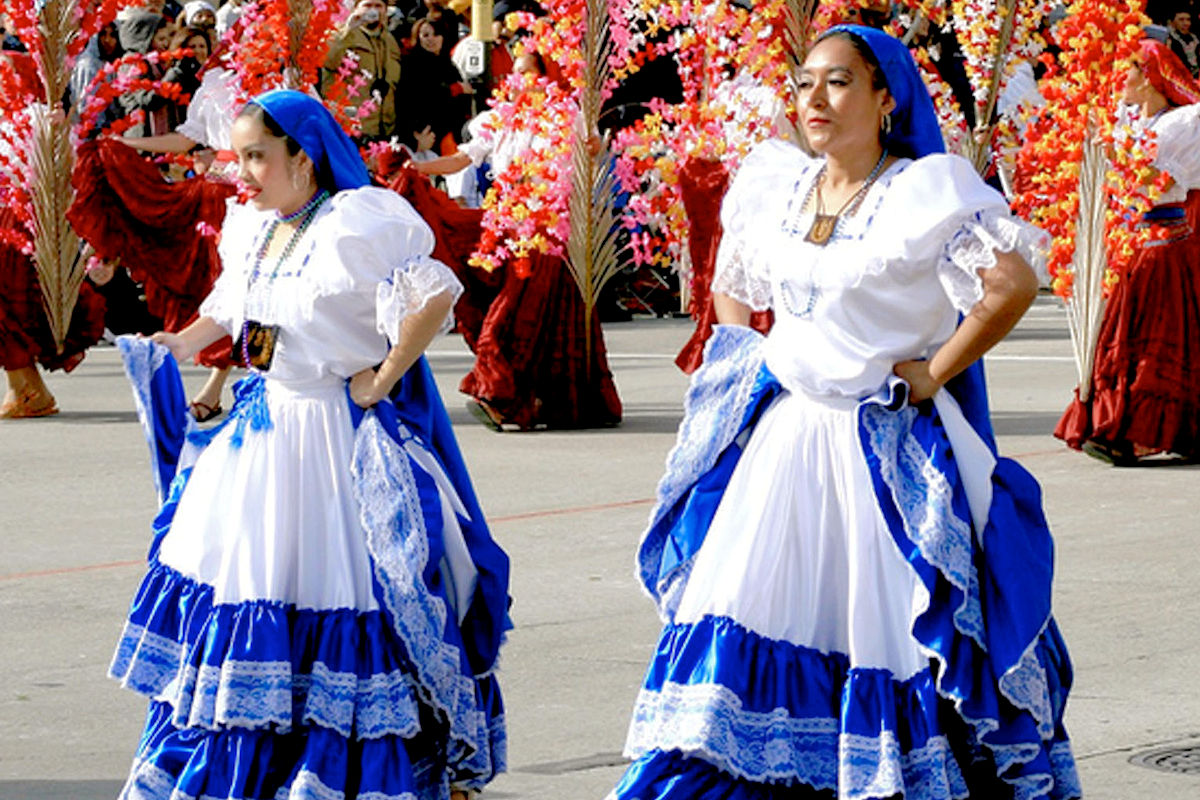
It is there when we wear our typical clothes for each occasion. We take great care in preparing the dishes associated with the celebration, we do our traditional dances, and we take care of even the most minor details of the decoration appropriate for each occasion.
We will comment on two Salvadoran holidays that always mark the calendar days and that Salvadorans look forward to with authentic joy.
Independence Day
This day determines a before and after for El Salvador.
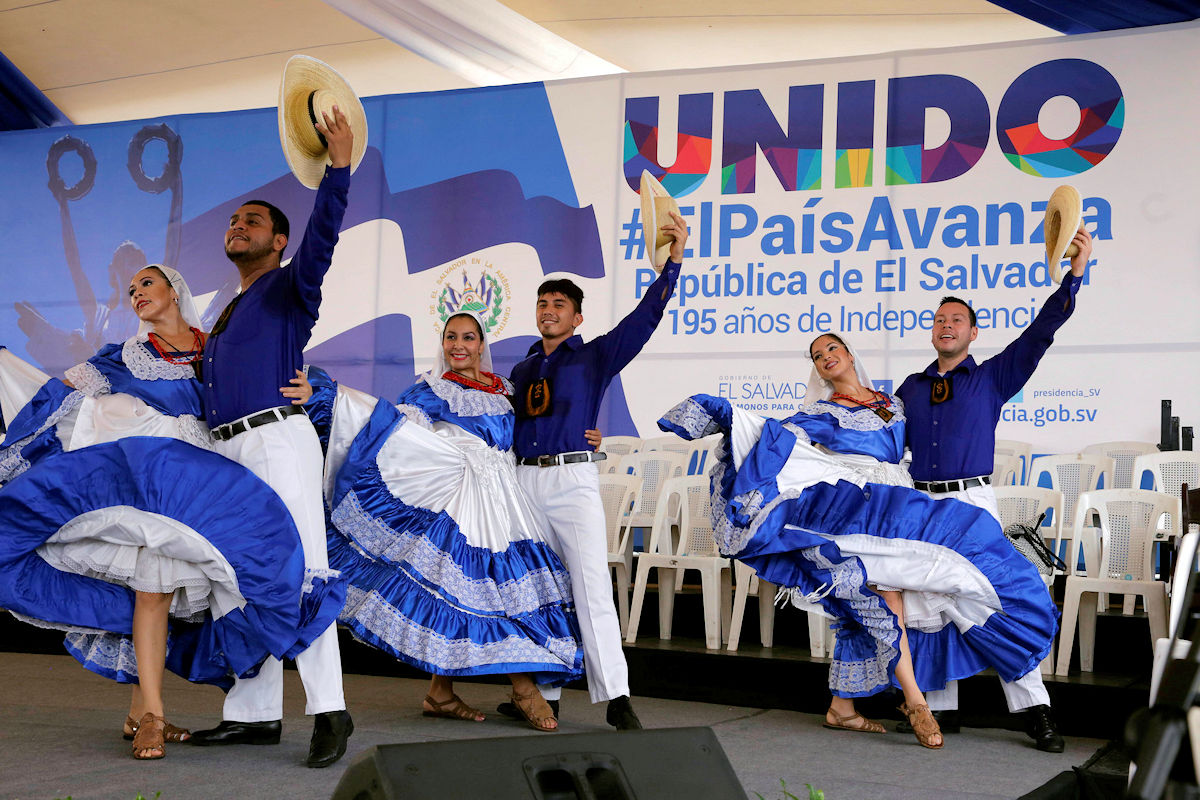
Central America was subjected to the yoke of the Kingdom of Spain for several centuries. Still, some nationalist and dissident voices rebelled against the so-called “Captaincy General of Guatemala,” which consisted of Guatemala, Honduras, Costa Rica, Nicaragua, and of course, El Salvador, as we know them today.
On September 15, 1821, these countries achieved their dream by signing the Act of Independence of Central America, thus becoming independent and sovereign states.
After this date, the countries formed “The United Provinces of Central America” until it was dissolved in 1841, and each member country assumed its absolute sovereignty.
This moment, another day of El Salvador’s festivities, is a “national holiday” or “holiday,” and young students participate in parades and civic acts in every corner of the country.
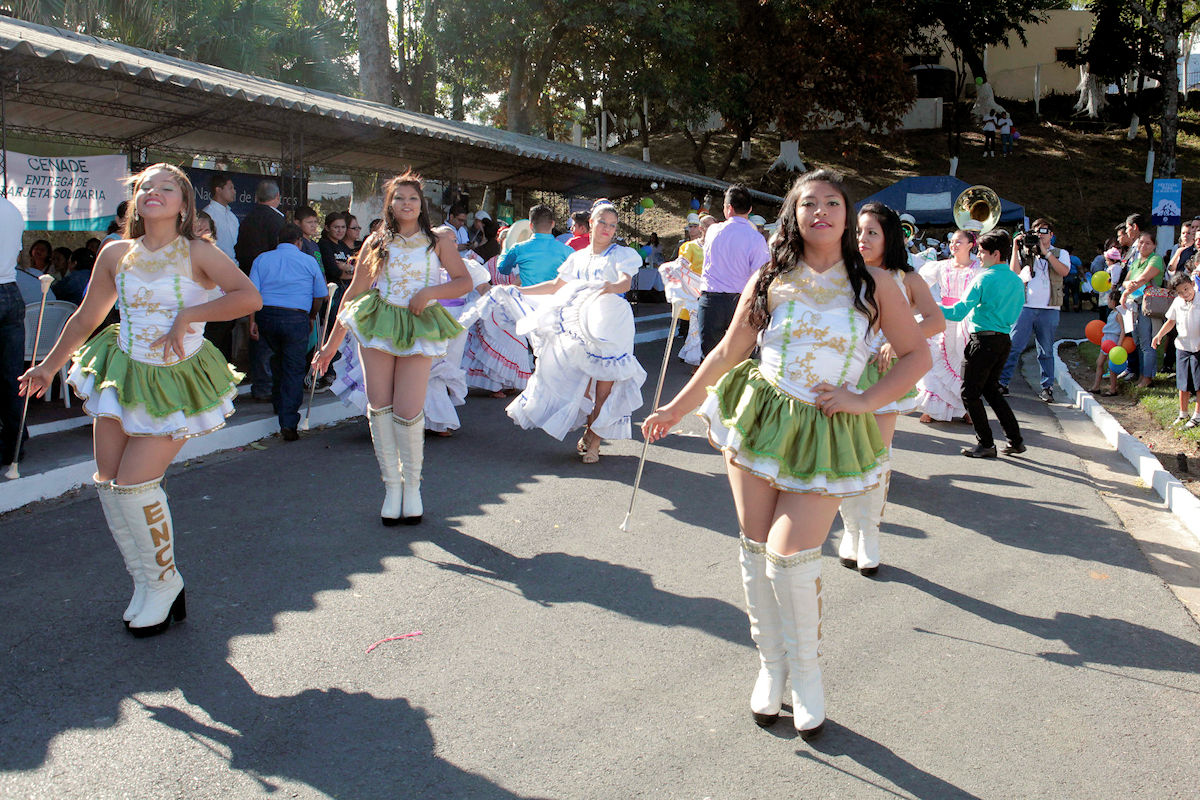
It is the occasion when the school music bands tune their instruments to brighten up the participation in the commemoration of such an important date, and the girls, called cachiporristas, participate with their colorful costumes, in addition to the typical costumes and the Salvadoran flag that is honored throughout the country.
Students march through the streets with the national flag and the flag of their educational institution. They have a tv presentation of the Military, and the President of the Republic addresses a message to his compatriots while airplanes fly overhead.
August Festivities
Another excellent opportunity to get to know the essence of the people in El Salvador’s festivities is when they prepare their Fiestas Agostinas.
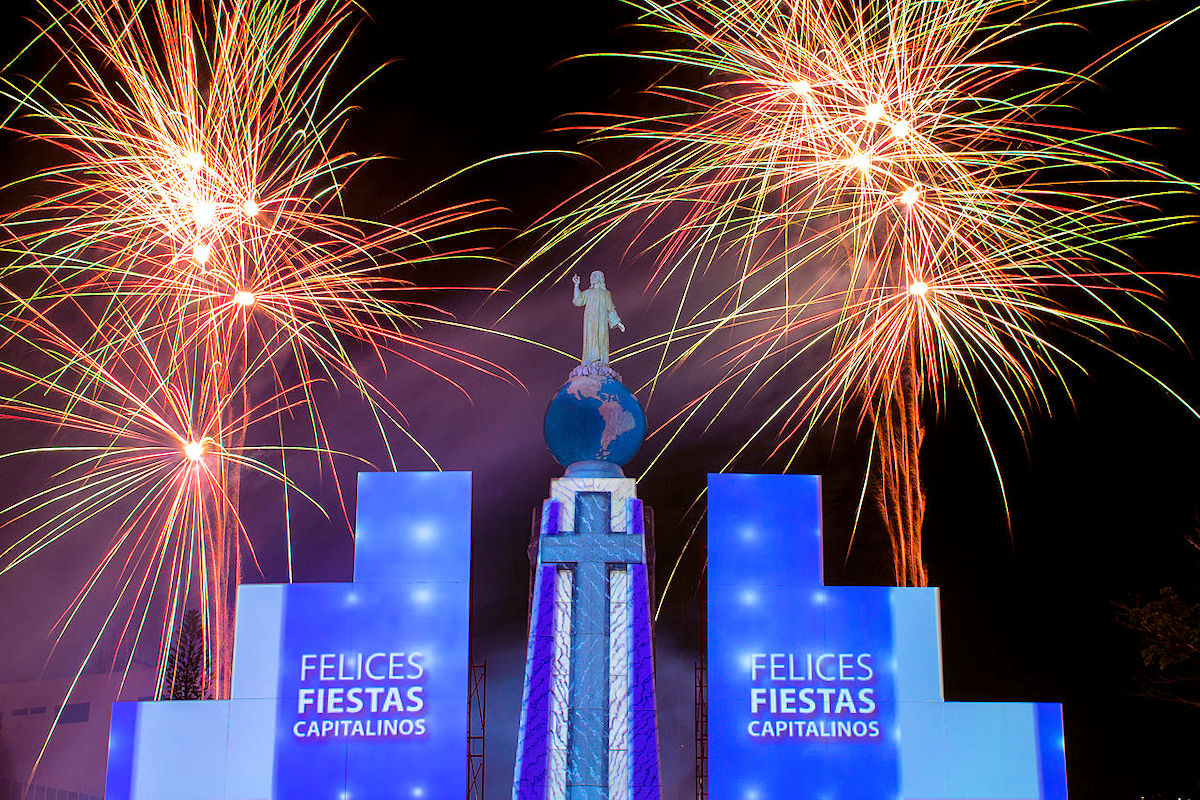
These celebrations occur during the first days of August each year on the occasion of its patron saint festivities in honor of the Transfiguration of Jesus. Although it is a very old festivity, it took the structure as we know it today during the XIX century.
The inhabitants of the country’s interior travel to the capital, San Salvador. They do this to participate in this religious celebration dedicated to the Divine Savior of the World. In its processions, prayers, and masses, as well as in all the activities that take place in parallel.
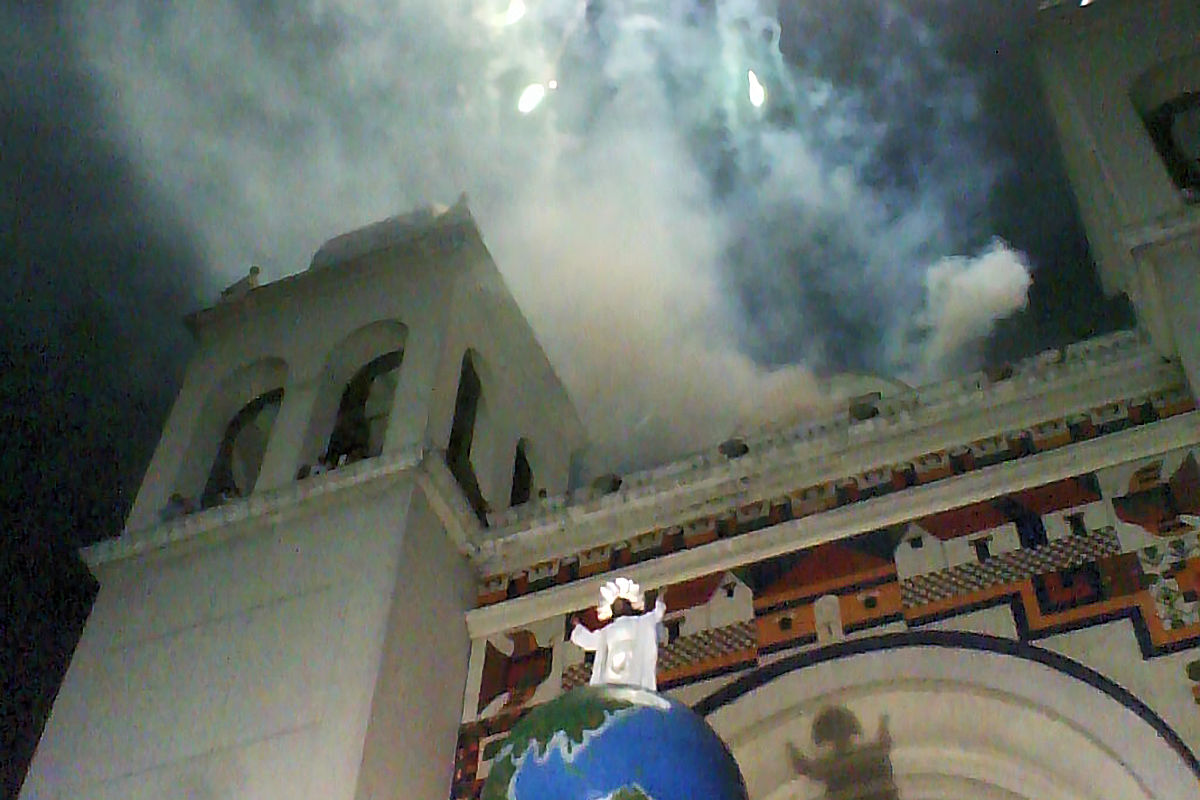
On the first day, it is announcing the capital is a celebration. With the parade of the mail, it is going through its streets and avenues.
They are accompanied by floats where the queens of the festivity go, while the orchestra bands put the musical tone in the route. We will also see the already known “viejos de Agosto,” those characters disguised according to Salvadoran mythology.
We enjoy with neighbors dressed as the cipitío, the headless father, or the siguanaba, famous characters in the legends of El Salvador, making endearments to the attendees.
The 5th of August is the most awaited moment of the festivities in El Salvador when the image of the national Patron Saint goes through the streets of San Salvador until it finally arrives at the great Cathedral to perform the ceremonies.
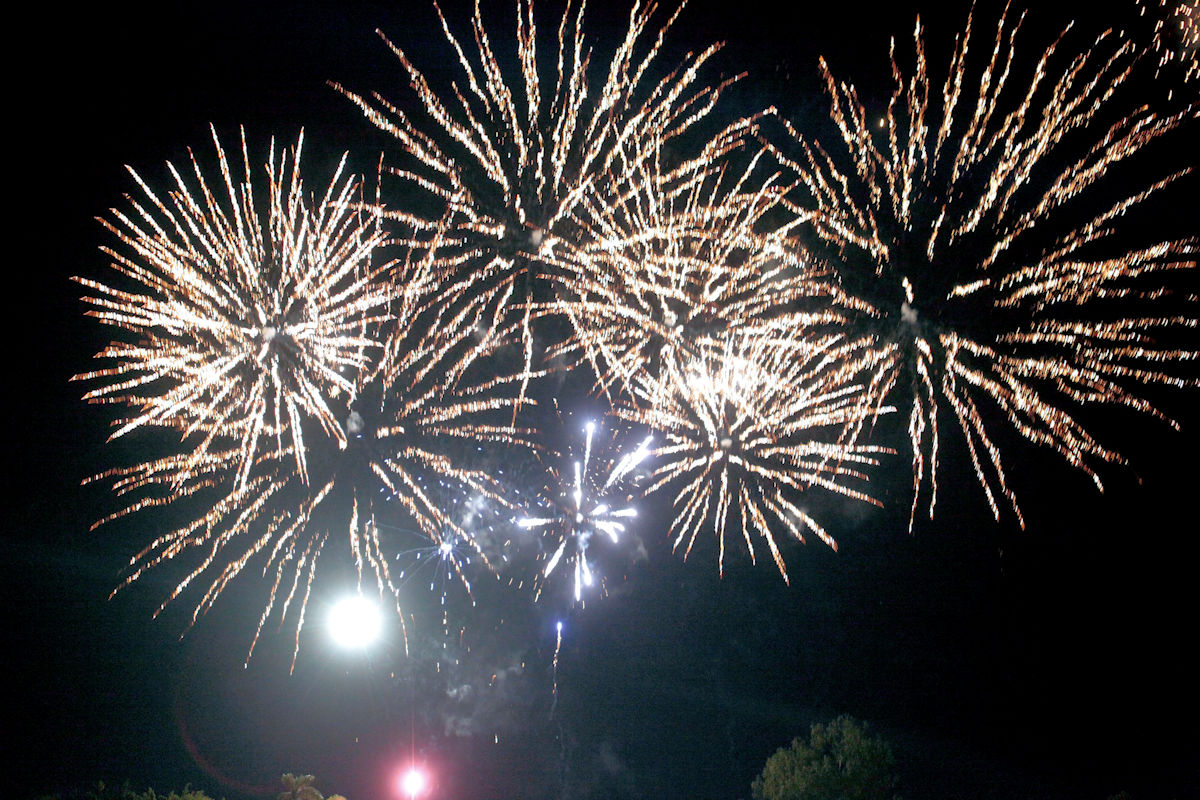
The last day culminates with fireworks that fill the skies with colors during the night and the expected carnival, where music fills the streets.
In parallel, there is the Consuma fair, which invites attendees to enjoy mechanical games and taste the typical dishes in a very cheerful and festive atmosphere.
Traditional celebrations in El Salvador
Apart from the celebrations related to the homeland, there are other celebrations of El Salvador that lead us to know the essence of each people, especially in religious matters, knowing that Salvadorans are deep believers.
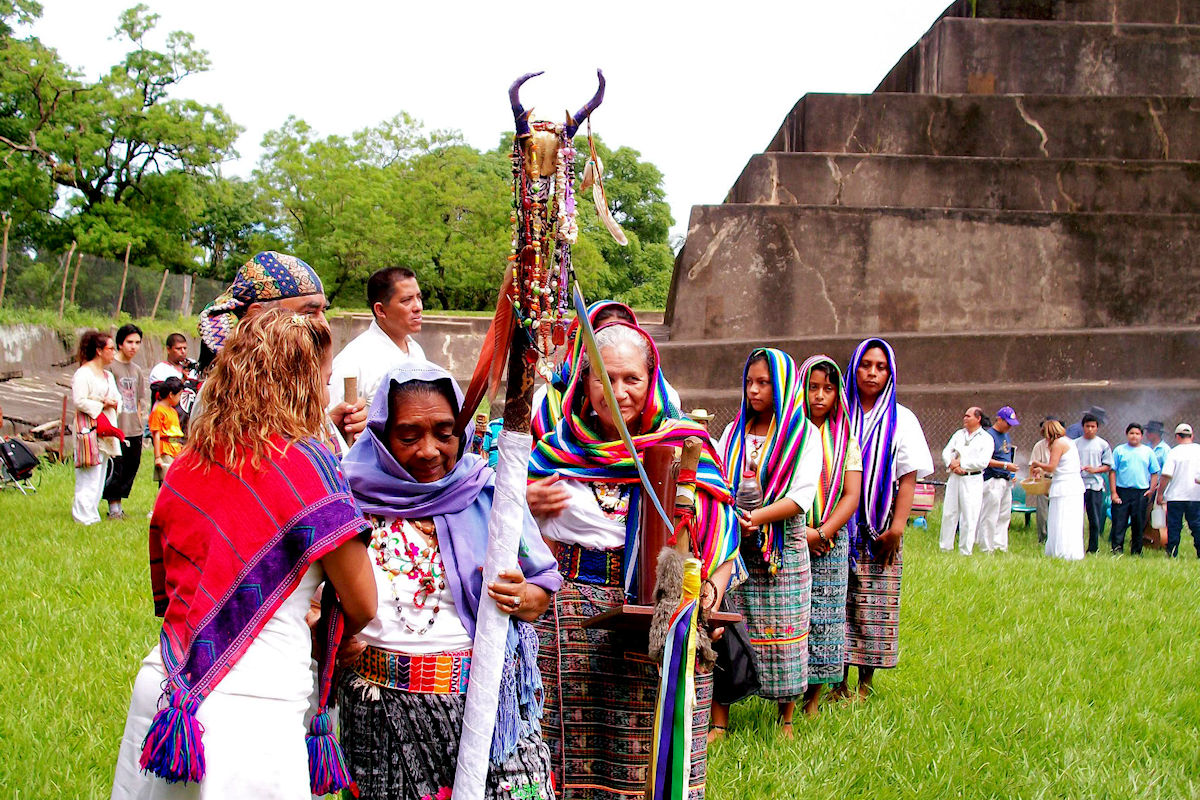
Additionally, there are events where the communities participate, such as in gastronomy or handicrafts, as well as cultural manifestations, the pilgrimages themselves, not to mention the indigenous traditions.
Below, we describe some of the most traditional manifestations of El Salvador’s festivities, which also transmit joy, rejoicing, and renewing the Catholic faith.
Holy Week
It is one of the traditions where the devotion of the parishioners overflows. Many people fill the churches and temples to relive the Passion and Death of Jesus Christ, in addition to accompanying the various processions in every corner of El Salvador.
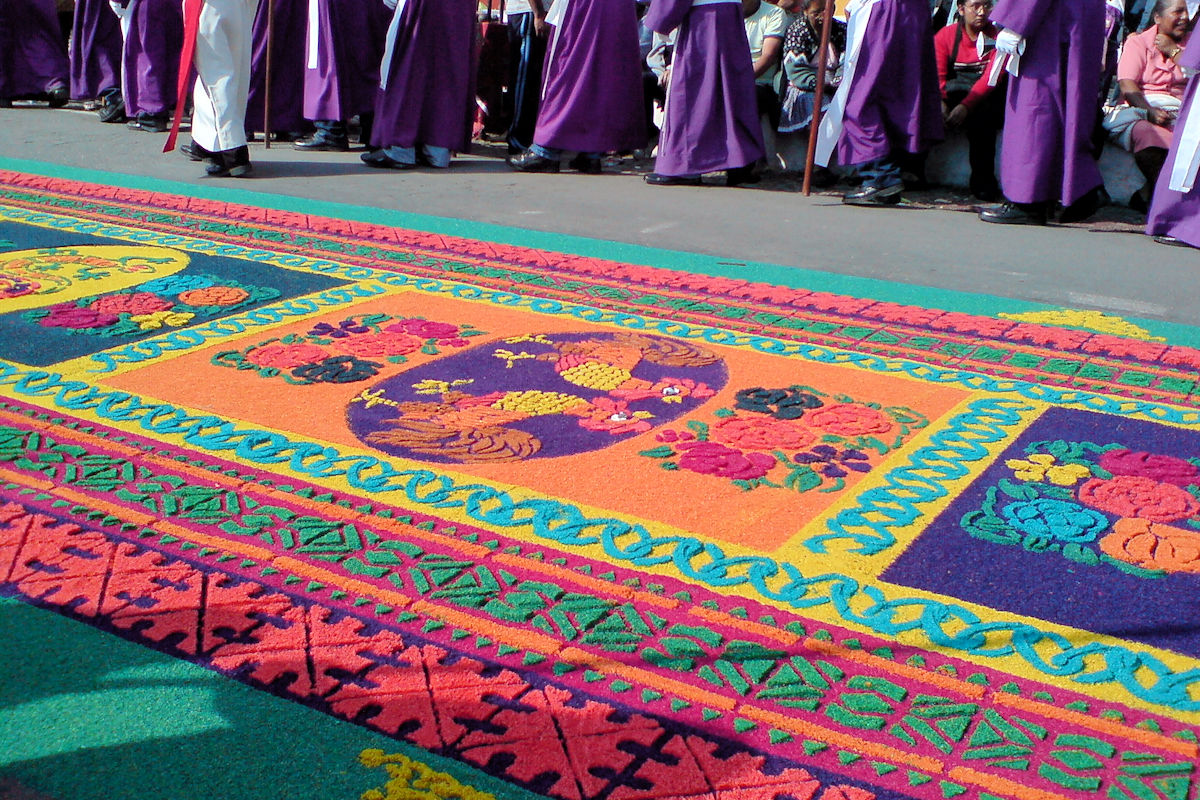
The most outstanding are the carpets the families make in the streets where the processions will pass. Make it from sawdust or salt painted in colors, where allegories are made to the date of the Semana Mayor, and embellish the avenues and roads.
Day of the Cross
On May 3, it is traditional within the festivities in El Salvador to elaborate a cross and decorate it with colored paper. On a small altar to place seasonal fruits, the family members kneel to take a portion of the fruit and eat it.
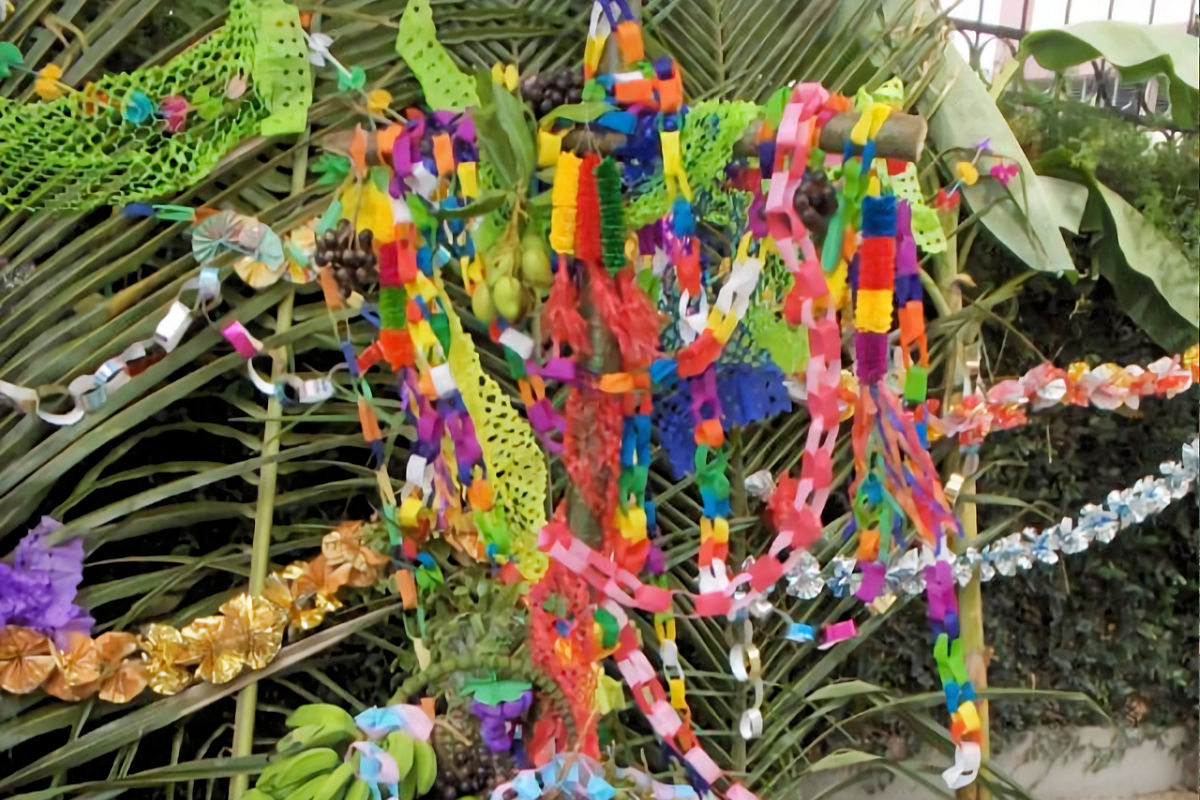
If you do not place the cross in your house, the Devil will come to your home and start dancing.
The Talcigüines
On Holy Mondays, specifically in the department of Santa Ana, the neighbors dressed in red tunics and masks “whip” the sins that may have the attendees to the celebration.
These characters represent the Devil, and the name talcigüines means in Nahuatl demoniac man.
Farolitos Day
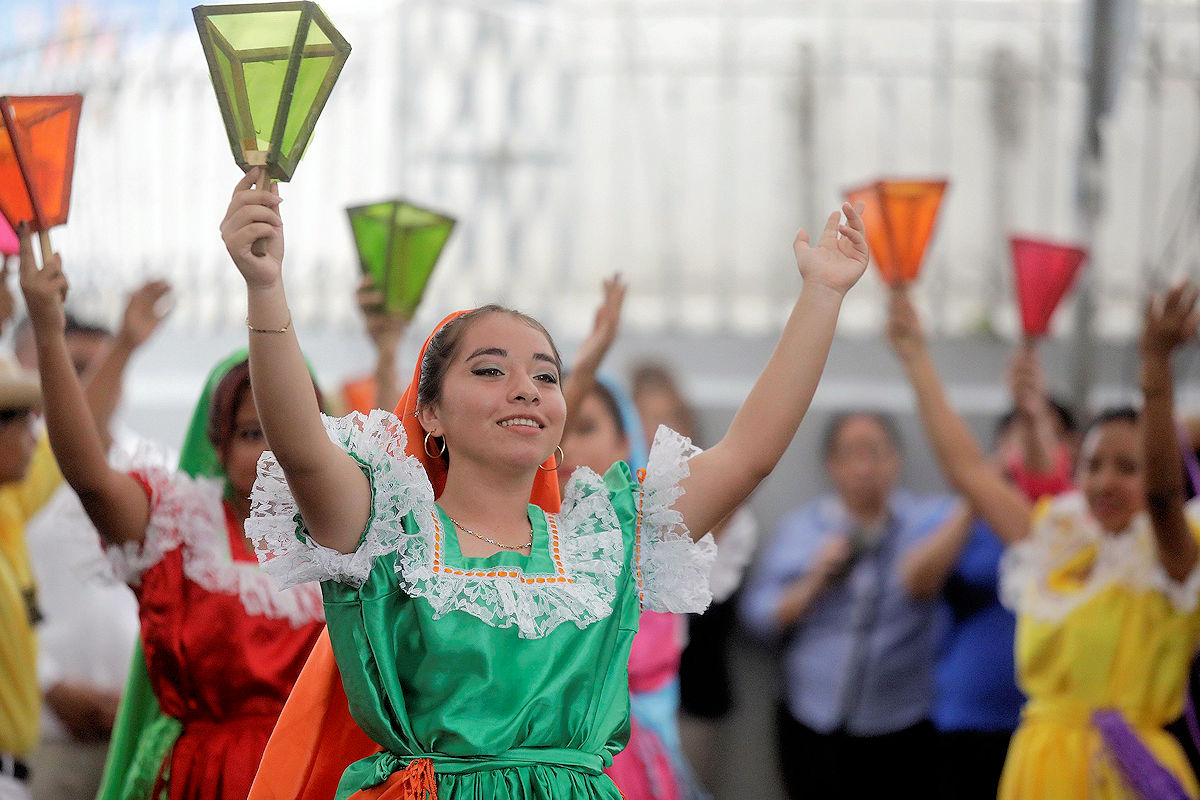
This particular custom is carried out in the municipalities of Concepción de Ataco, Ahuachapán, and Apaneca, in western El Salvador, when neighbors decorate streets and facades with small handmade lanterns on September 7, the day of the birth of the Virgin Mary.
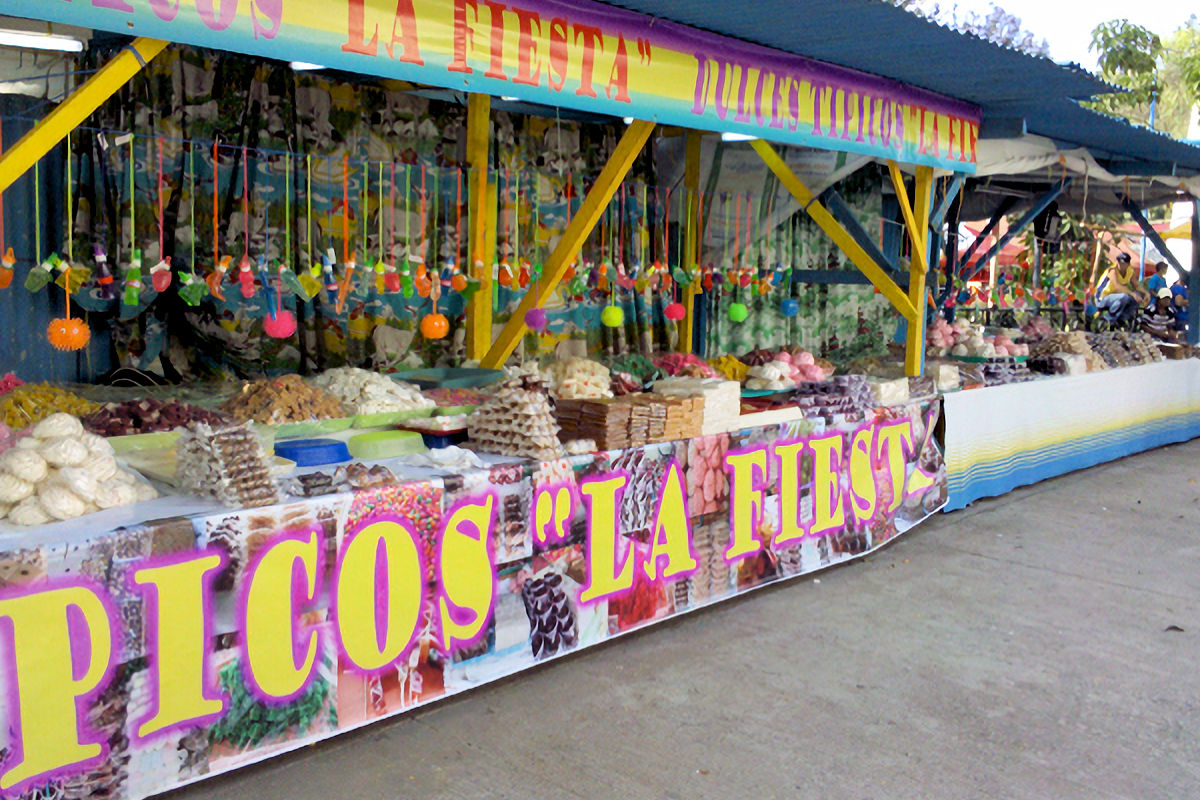
The festivities in El Salvador, particularly this one, have been declared an Intangible Heritage of the country.
Pupusas Day
No country in the world pays as much respect to its gastronomy as El Salvador, so the second Sunday of November is declared Pupusa Day, part of another of El Salvador’s festivities.
They celebrated this day by making big pupusas or contests to see who could eat the enormous amount of this popular dish, including among the typical foods of El Salvador.
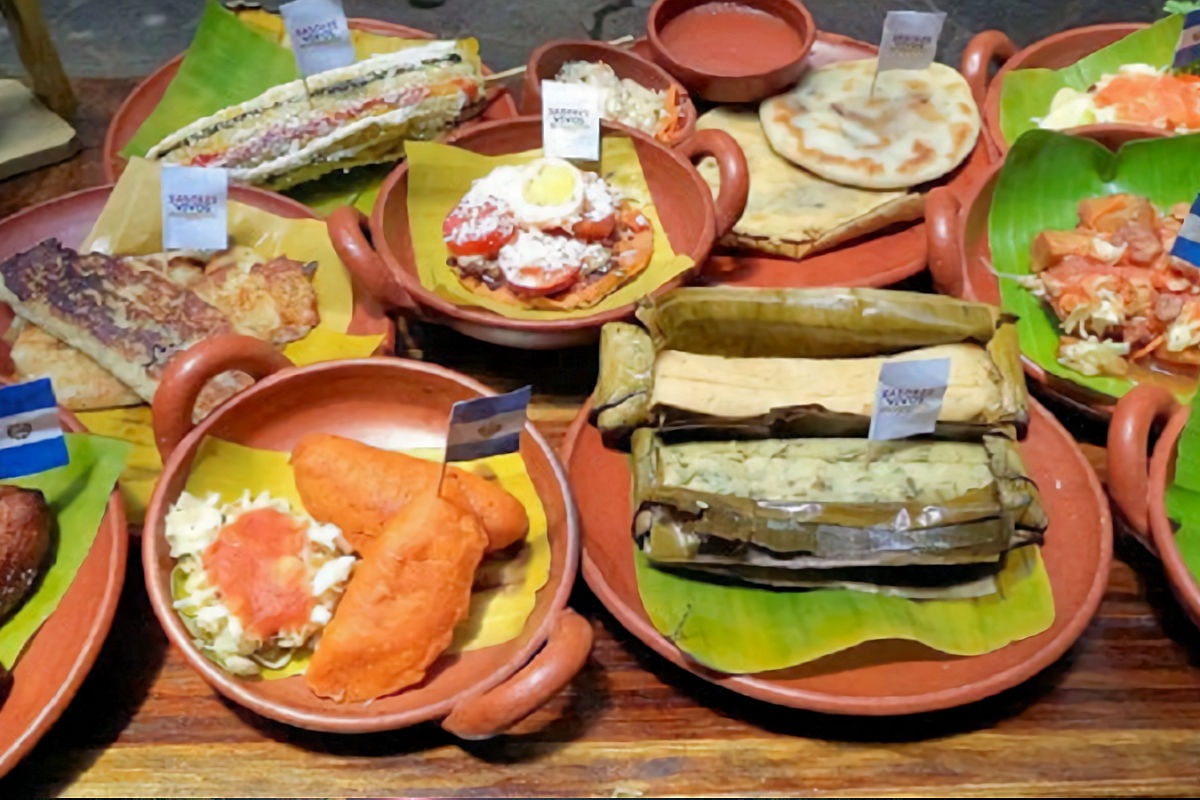
There are also other important dates:
- Mother’s Day, June 17.
- Father’s Day, June 22
- Children’s Day, October 1
- Student’s Day, November 17
The most popular local festivities in El Salvador
Passing through family generations, local celebrations have an important place in El Salvador’s festivities, commemorating specific moments.
Procession of the Palms
Every year, on May 13, the villagers of Panchimalco carry out this procession to announce the rainy season and honor the Virgin Mary.
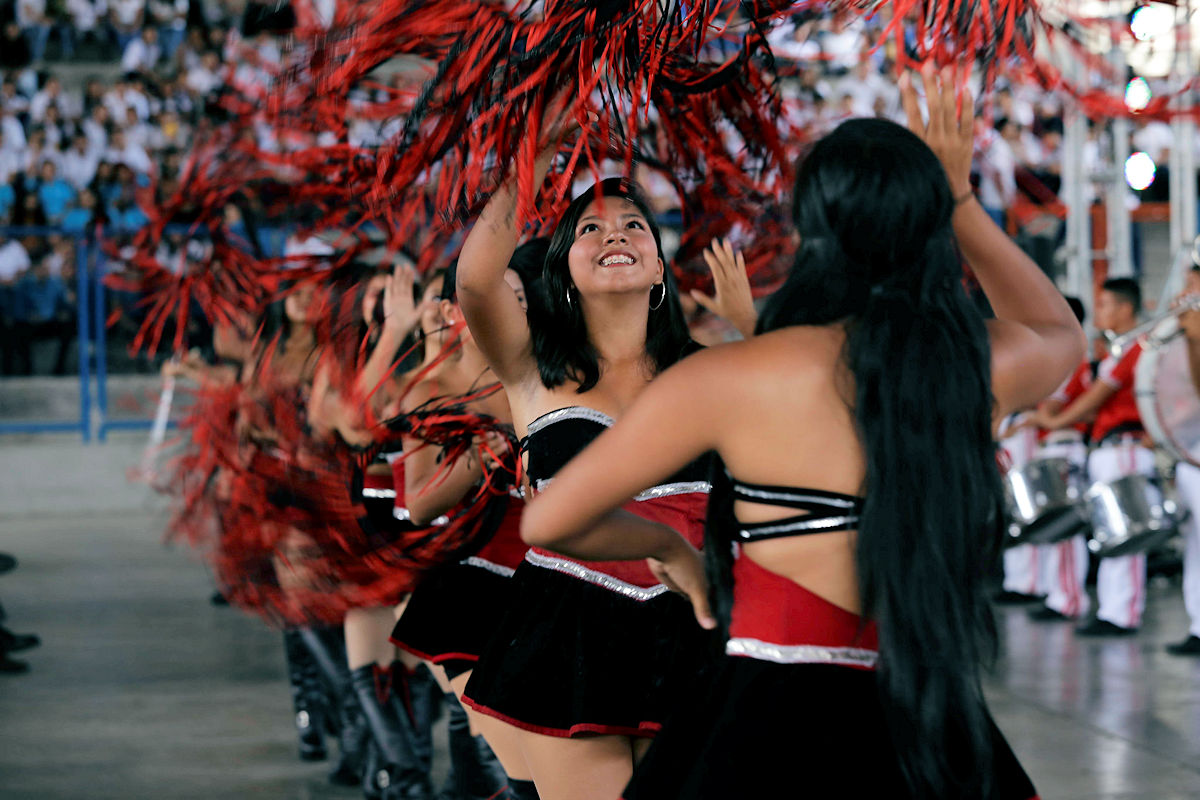
Julian Festivities
In the town of Santa Ana, and during the second half of July, the well-known Fiestas Julias are in honor of the Virgin Mary on the occasion of her Patron Saint’s Day.
San Miguel Carnival
This vital celebration around the festivities in El Salvador takes place the last weekend of November in the city of San Miguel. It includes floats, parades, music, dancing on every street, and many foods stand.
By tradition, this event closes with a flourish, the Patron Saint festivities that honor the Virgen de la Paz in this town.
Fireballs on Nejapa
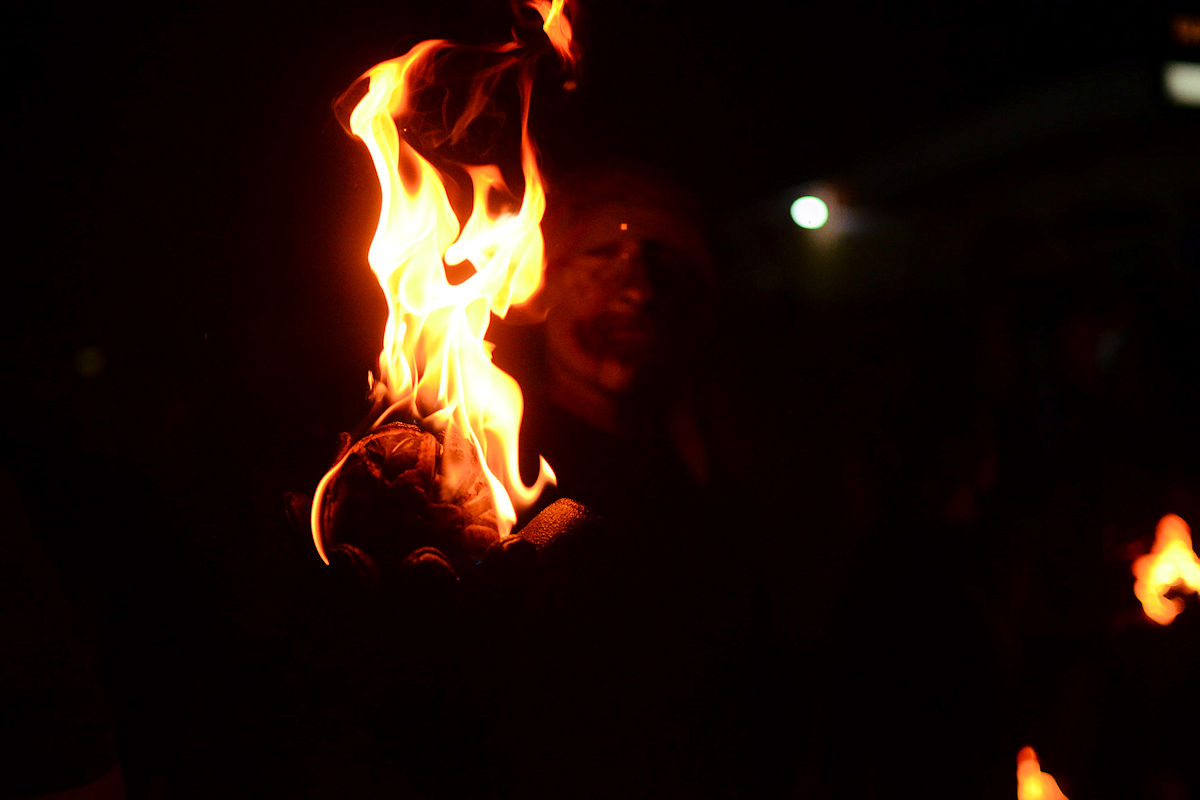
They are held annually in the town of Nejapa on August 31. It consists of throwing fireballs between two groups of people, simulating a fight between the Devil and the town’s Patron Saint.

In short, there will always be time for the festivities in El Salvador to promote in a good and very emotional way the goodness offered by this noble Central American land, filling with excellent and lovely stories of our memories when traveling through this great country.
